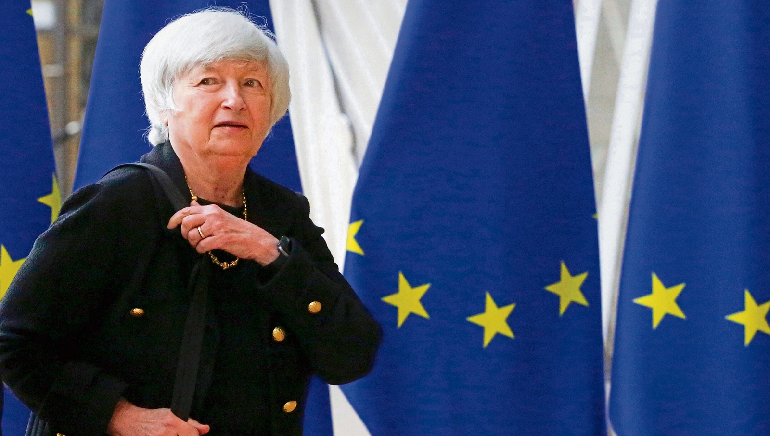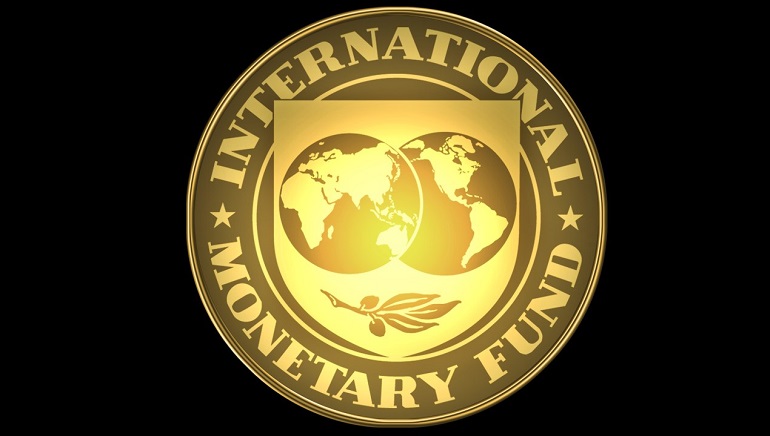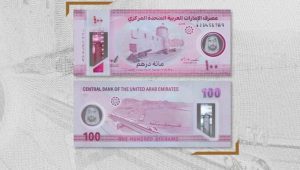On Monday, China hinted at stepping up a financial vacuum in Taliban-controlled Afghanistan. The officials said that it will play a “positive role” in helping the war-ravaged country amid global pushback.
Chinese overseas ministry spokesperson Wang Wenbin said in his media briefing that the US is the “main perpetrator” for the Afghan disaster and Washington can not go away without doing something for Afghanistan reconstruction. China decided to financially help Kabul till the Afghan militant group modified its hardline non-secular insurance policies. China said that they have always adopted a friendly policy towards the entire Afghan people. According to them, they have always provided substantial assistance to socio-economic development for the nation. They blame the Biden administration to be the only external factor for the Afghan issue and China cannot leave the mess without doing anything. They want the US to match the words with deeds and shoulder its responsibility to honor its commitments in humanitarian assistance and reconstruction.
The ruling party said they will play a positive role in helping the nation in building peace, reconstruction, and improvement of people’s livelihood. China wants an early end to the chaos and wars in Afghanistan so that it can resume financial order at an early date.























